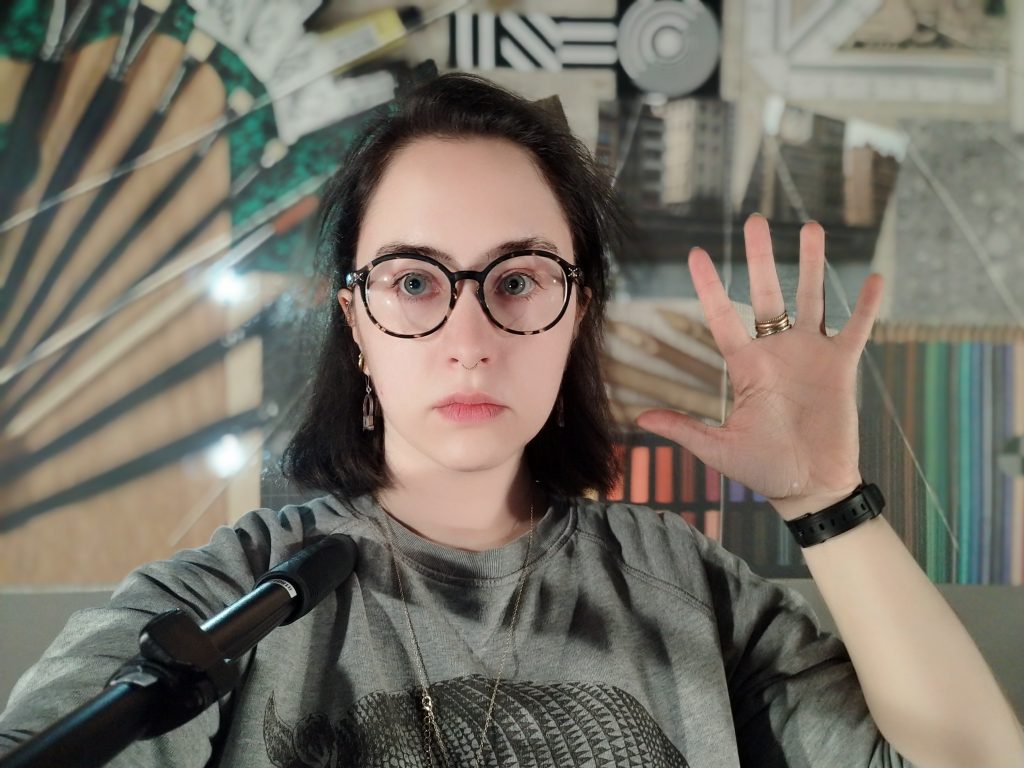Known primarily for its “beautification” apps, Chinese technology company Meitu has expanded into developing smartphones with an emphasis on portraits and selfies. Launched in the middle of 2018, the Meitu T9 is a mid-range device featuring a large 6.01″ AMOLED 1080×2160 pixel display, a Snapdragon 660 Octa Core chipset with 4Gb RAM and 64Gb of internal memory.
Its photography offering includes no fewer than four cameras, including dual cameras on both the rear- and front-facing modules. For selfie enthusiasts, the front camera features a primary 13Mp Sony IMX363 Exmor RS sensor coupled to a f/1.8-aperture lens with both image stabilization (OIS) and autofocus. The second 5Mp sensor is used for depth sensing to facilitate bokeh simulation effects in Portrait mode, and there’s a continuous light flash “lamp” to provide additional lighting for portraits in low light.
Read our review to find out how the Meite T9 front camera performed in our DxOMark Selfie test.
Key front camera specifications:
- 13Mp Sony IMX363 Exmor RS sensor
- 5Mp 2nd sensor for depth sensing
- f/1.8-aperture 6p lens with OIS
- Autofocus with stills and video
- Flash “lamp”
About DxOMark Selfie tests: For scoring and analysis in our smartphone front camera reviews, DxOMark engineers capture and evaluate over 1500 test images and more than 2 hours of video both in controlled lab environments and in natural indoor and outdoor scenes, using the camera’s default settings. This article is designed to highlight the most important results of our testing. For more information about the DxOMark Selfie test protocol, click here.
Test summary


Achieving an overall DxOMark Selfie score of 69 points and Photo score of 73 points, the Meitu T9 offers a step up in front-camera image quality over its predecessor, the Meitu V6, with notable improvements in color, autofocus, and flash. The T9 still remains a little off the pace compared to the top-ranking devices in our Selfie database, and opportunities for improvements to exposure and particularly to skin rendering remain, but it’s capable of some good results in favorable conditions. Tested in the lab, measurements for target exposure were slightly bright and contrast low, but in our perceptual analysis of natural test scene images, both target exposure and contrast are acceptable and often pleasant. Dynamic range is limited, however, so when shooting high-contrast scenes, backgrounds and skies can be overexposed; this said, target exposure on faces is often accurate, which is the main job of a selfie camera.
Highlight clipping on faces was noticeable in images shot with strong side lighting, but in well-balanced conditions, exposure on the face and background is usually accurate. The T9’s wide f/1.8-aperture lens also helps ensure good exposure in low-light conditions, with very usable results under 20 and 5 lux lighting. Only in near-dark conditions of 1 lux were images seriously underexposed. Colors are bold and vivid, particularly in outdoor images, and although slight desaturation is evident in low light, overall color is good, with pleasant skin tone rendering. We observed some slight white balance errors, with a bluish cast in some outdoor images and a green/yellow cast indoors, but the T9 avoids any heavy and jarring color casts.
The addition of an autofocus lens is a key strength for the T9, ensuring sharp focus with high levels of detail on faces captured at all distances we test. Autofocus performance is also stable and repeatable, with no serious failures observed during our tests. Depth of field is fairly narrow on portraits shot at close (30cm) and mid (55cm) range, resulting in backgrounds that can be a little soft. Shooting using a selfie stick with the subject at long range (120cm), background sharpness improves, however; and with accurate focus on faces at this distance, too, the T9 is a good option for tourist and environmental portraits.
The T9 strikes a nice balance between detail and noise, with particularly good control in well-lit indoor and outdoor images; but compared to the V6, however, detail is reduced in all conditions. Luminance noise is visible in backgrounds in all lighting conditions, but is well-controlled on faces. In low-light conditions, a heavier buildup of noise and a loss of fine detail is evident as you might expect, but even so, the results remain very acceptable.
Artifacts we observed included anamorphosis, or stretching, of faces near the edges of the frame, as well as a difference in sharpness across some pictures, with bands of sharper and softer areas visible. Some hue shift, or oversaturation of skies and skin tones, is also evident in bright light; and color fringing is often evident along high contrast edges, but overall, these problems were not too troublesome.

Flash performance is another key strength for the Meitu T9, with acceptable results for flash-only and good for mixed-lighting shots, with the latter among some of the best we’ve seen. Instead of a traditional flash, the T9 uses a continuous lamp to provide additional lighting when required. Shooting in total darkness (0 lux) with “flash,” a ghosting effect on portraits is visible, which contributes to low levels of detail on the face. Otherwise the results are satisfactory, with bright and accurate exposure towards the center of the frame, fairly accurate white balance and skin tones, and acceptable corner shading and noise (considering the challenging conditions).
Mixing flash with an additional 5 lux tungsten light source, the results are even better. Detail, corner shading, and noise are all improved; white balance remains acceptable; and color rendering is good, with well-saturated hues and pleasant skin tones. The ghosting effect remains slightly visible, however.
Utilizing the secondary 5Mp depth-sensing sensor, bokeh shots are pretty good on the T9. Although depth estimation isn’t perfect, with some masking errors around complex shapes visible, it’s far from the worst we’ve seen. The blur applied to backgrounds is good, but the shape of the bokeh isn’t very natural in low-light images, and differences in the levels of noise across blurred and sharp areas can look unnatural upon close inspection.
Achieving a video score of 63 points, the T9 isn’t quite as strong when shooting moving images, but ranks as a mid-range performer in our database. Stable and accurate autofocus is a significant benefit for good sharpness and for detail in faces recorded at different distances, and the device’s framing correction system helps improve autofocus tracking. The T9’s stabilization system is also pretty good, with motion in handheld static scenes well-controlled, although the jello artifact is often visible.
Detail and texture is another key strength of the T9, especially in outdoor videos, but some noise is usually visible, too, with heavy buildup in low-light videos. Exposure on faces can be accurate in well-balanced lighting, but the limited dynamic range can lead to highlight clipping on faces in bright light; further, steps in exposure adaptation are often visible under changing lighting conditions. Color rendering is the key area of development for video on the T9, with unnatural skin tone sometimes a problem in most tested conditions, along with evident instabilities in white balance.
Conclusion
The Meitu T9 improves on some of the main areas of concern over its predecessor, the V6, with better color, focus, and flash results. It doesn’t quite compete with the front camera image quality of flagship devices, but for a mid-ranger, it puts in a good performance. In the right conditions, face exposure is often good, colors bold, and detail high, thanks to the stable and accurate autofocus system. It needs some improvements in dynamic range to reduce highlight clipping in very bright light, however; and more subtle rendering to retain detail in facial features when softening faces would look more natural, too. But with the second sensor facilitating fairly nice bokeh shots and a flash system that delivers very acceptable exposure, color, and detail, the Meitu T9 meets most of the criteria for an overall effective selfie camera.
Photo Pros
- Generally accurate target exposure on faces
- Good detail retention indoors and outdoors
- Accurate autofocus at all distances
- Excellent “flash” exposures with additional light sources
Video Pros
- Good detail retention outdoors
- Stable and accurate autofocus
- Well-stabilized handheld static videos
Photo Cons
- Highlight clipping in high dynamic range scenes
- Beautification artifacts create blurred areas on faces
- Low detail in low light
Video Cons
- Inaccurate skin tones at times, regardless of conditions
- Highlight clipping in high dynamic range scenes
- White balance and exposure instabilities in most conditions














DXOMARK encourages its readers to share comments on the articles. To read or post comments, Disqus cookies are required. Change your Cookies Preferences and read more about our Comment Policy.